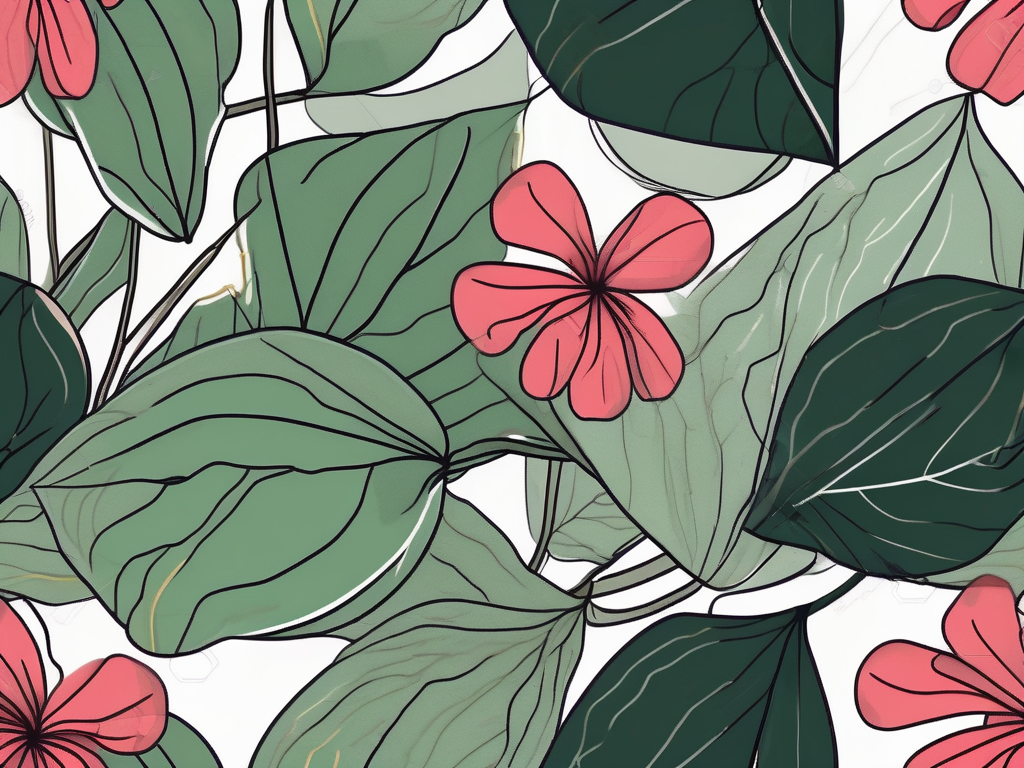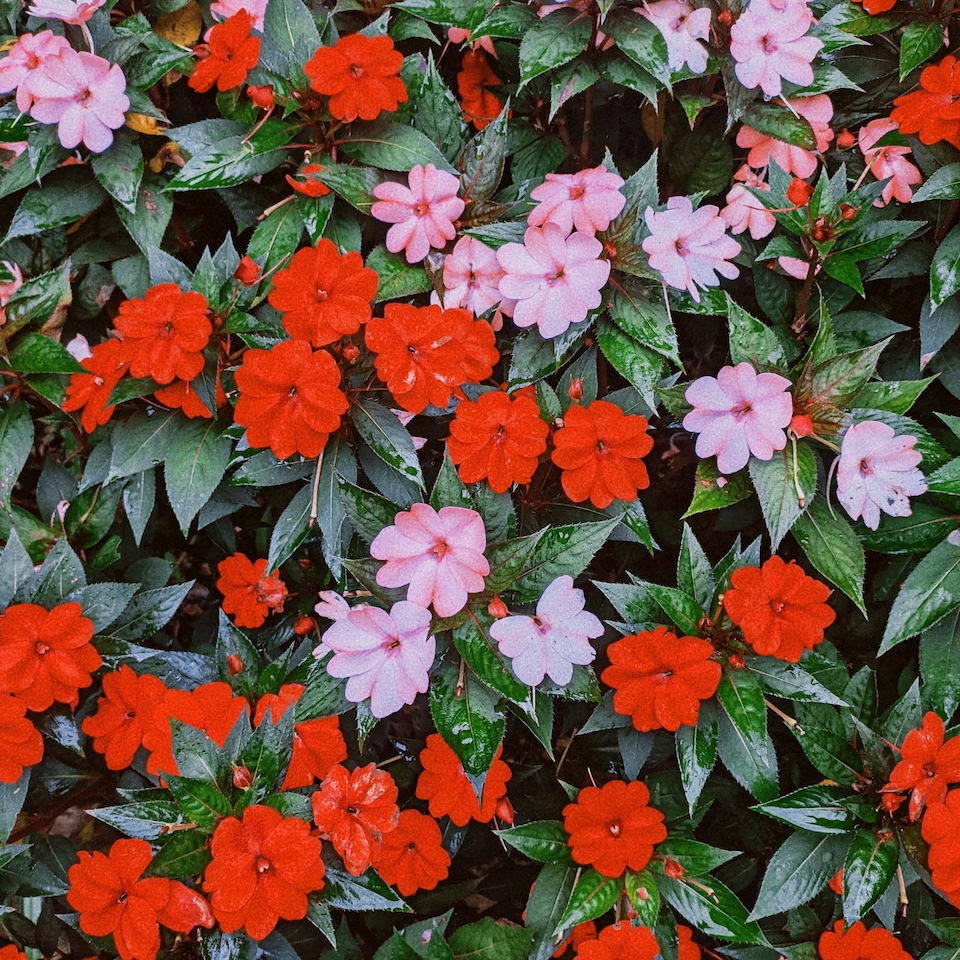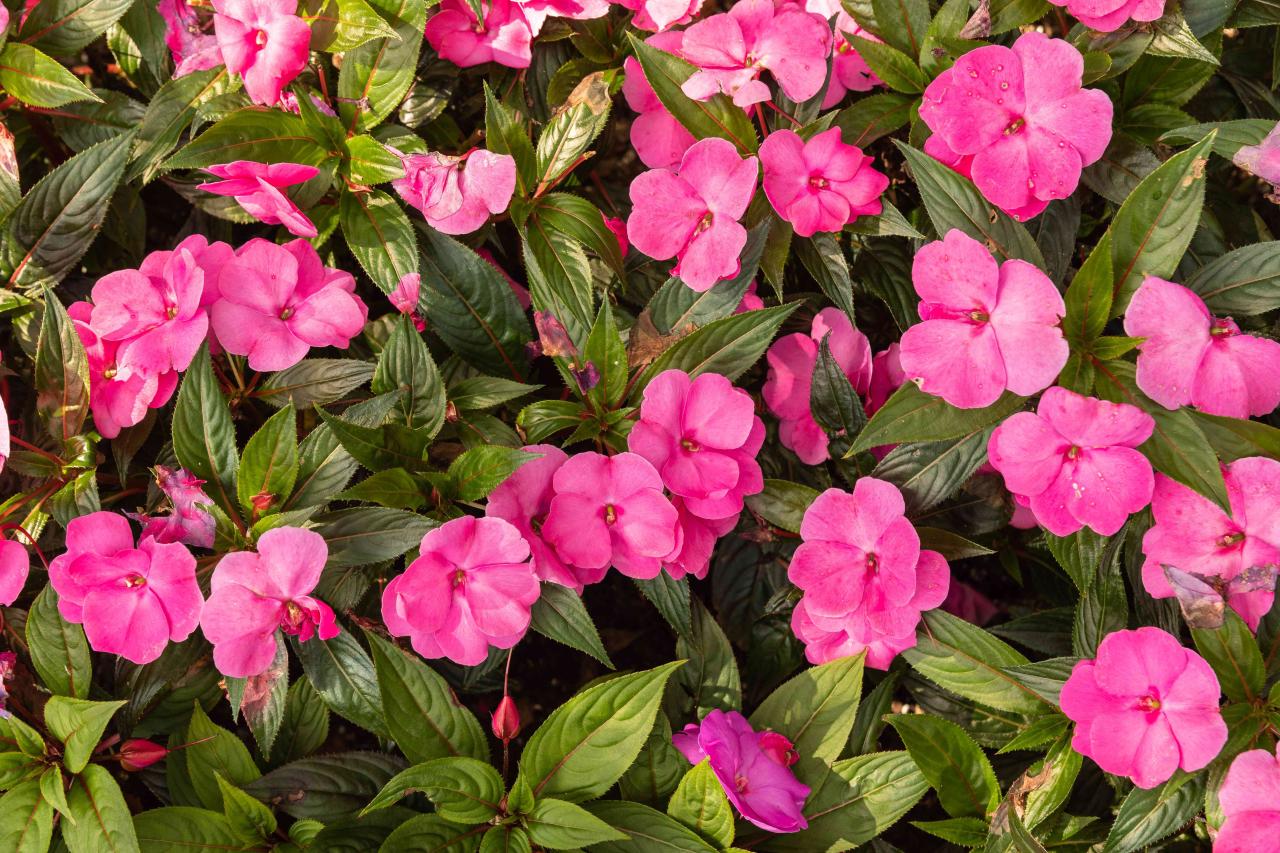Impatiens are a popular choice for gardeners due to their vibrant colors and ability to thrive in shady areas. However, one common issue that many gardeners encounter is impatiens leaf curl. This condition not only affects the aesthetic appeal of the plant but can also indicate underlying health problems. Understanding the causes, symptoms, and remedies for impatiens leaf curl is crucial for maintaining the health and beauty of these beloved plants. This comprehensive guide will delve into the various aspects of impatiens leaf curl, ensuring that you are well-equipped to tackle this issue.
What is Impatiens Leaf Curl?
Impatiens leaf curl is a condition characterized by the curling of the leaves on the impatiens plant. This curling can manifest in various forms, including upward or downward curling, and can affect both the new and older leaves. While leaf curl may seem like a minor issue, it often indicates environmental stress or pest infestations that require prompt attention.
Common Causes of Impatiens Leaf Curl
Understanding the causes of impatiens leaf curl is the first step toward effective management. Below are the most common reasons why this phenomenon occurs:
Pest Infestation
Pests are one of the leading causes of leaf curl in impatiens. The most common culprits include:
- Aphids: These small, soft-bodied insects feed on the sap of plants and can cause leaves to curl and distort.
- Spider Mites: These tiny mites can create webs on the plant and suck the sap, leading to leaf curling and discoloration.
- Whiteflies: Like aphids, whiteflies feed on the plant’s sap, causing stress and leaf curl.
Environmental Stress
Environmental factors also play a significant role in leaf curl. Key aspects include:
- Watering Issues: Overwatering or underwatering can cause stress to impatiens, leading to leaf curl.
- Temperature Fluctuations: Sudden changes in temperature can shock the plant, resulting in leaf distortion.
- Humidity Levels: Impatiens thrive in high humidity, and low humidity can lead to curled leaves.
Nutrient Deficiencies
Nutritional imbalances can severely impact the health of impatiens. A lack of essential nutrients, particularly nitrogen, can cause leaves to curl. Signs of nutrient deficiencies include:
| Nutrient | Symptoms |
|---|---|
| Nitrogen | Yellowing leaves and stunted growth |
| Potassium | Leaf curling and browning edges |
| Magnesium | Interveinal chlorosis (yellowing between veins) |
Diseases
Fungal and viral diseases can also be responsible for leaf curl. Notable diseases include:
- Powdery Mildew: This fungal infection causes leaf distortion and can result in curling.
- Viral Infections: Various viruses can lead to symptoms like leaf curling and mottling.
Identifying Symptoms of Impatiens Leaf Curl
Recognizing the symptoms of impatiens leaf curl is essential for effective treatment. The primary symptoms include:
- Curling Leaves: The most noticeable symptom is the curling of leaves, which may curl upwards or downwards.
- Discoloration: Leaves may exhibit yellowing or browning, indicating distress.
- Stunted Growth: Affected plants may show reduced growth rates and poor flowering.
- Webbing: In the case of spider mites, you may observe fine webs on the leaves.
Treatment and Prevention of Impatiens Leaf Curl
Taking steps to treat and prevent impatiens leaf curl will help restore the health of your plants. Here are some effective strategies:
Pest Control

Managing pests is vital for preventing leaf curl:
- Insecticidal Soap: This soap can effectively control soft-bodied insects like aphids and spider mites.
- Neem Oil: A natural pesticide that helps manage a variety of pests while being safe for beneficial insects.
- Companion Planting: Planting herbs such as basil or marigolds can deter pests naturally.
Watering Practices
Adjusting your watering routine can help mitigate leaf curl due to water-related stress:
- Consistent Schedule: Water your impatiens regularly, keeping the soil consistently moist but not soggy.
- Drainage: Ensure good drainage in pots and garden beds to prevent overwatering.
Fertilization
Providing the right nutrients is essential for healthy impatiens:
- Balanced Fertilizer: Use a balanced, slow-release fertilizer to ensure an adequate supply of nutrients.
- Soil Testing: Conduct soil tests to identify any nutrient deficiencies and adjust fertilization accordingly.
Environmental Management, Impatiens Leaf Curl

Creating a suitable environment for your impatiens can prevent leaf curl:
- Humidity Levels: If your indoor environment is dry, consider using a humidifier or pebble trays to increase humidity.
- Temperature Regulation: Avoid exposing your plants to extreme temperature fluctuations, especially sudden cold snaps.
Common Questions About Impatiens Leaf Curl
1. Can impatiens recover from leaf curl?
Yes, with proper care and attention to the underlying causes, impatiens can recover from leaf curl. It’s essential to diagnose the problem accurately and implement appropriate treatments.
2. Is leaf curl contagious among plants?
Leaf curl caused by pests or diseases can spread to nearby plants, so it’s crucial to isolate affected plants and treat them promptly to prevent further issues.
3. Can leaf curl affect flowering?
Yes, leaf curl can impact the overall health of impatiens, leading to reduced flowering and stunted growth. Addressing the issue can help enhance blooming.
4. Are there specific types of impatiens that are more prone to leaf curl?
While all impatiens can experience leaf curl, some hybrids may be more susceptible due to their growth conditions or genetic factors.
Key Takeaways
Understanding the complexities of impatiens leaf curl is essential for any gardener. By recognizing the causes, identifying symptoms, and applying effective treatment methods, you can ensure your impatiens remain healthy and vibrant.
Remember, early detection and action are critical! Keep a close eye on your plants to catch any signs of trouble before they escalate.
Maintaining your impatiens through attentive care will not only keep them looking their best but also foster a thriving garden environment. Whether it’s dealing with pests or ensuring proper watering practices, your dedication will pay off with beautiful blooms and healthy foliage. Happy gardening! 🌸
